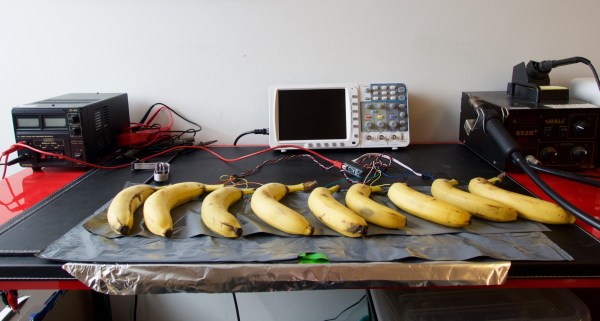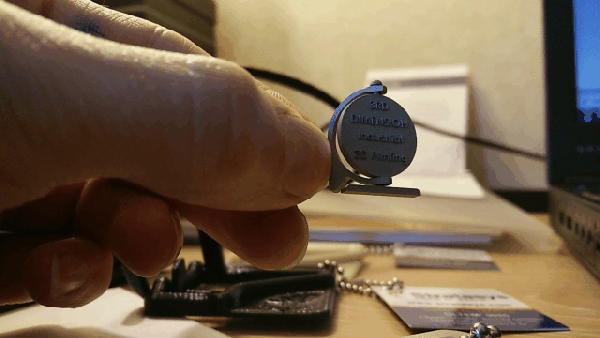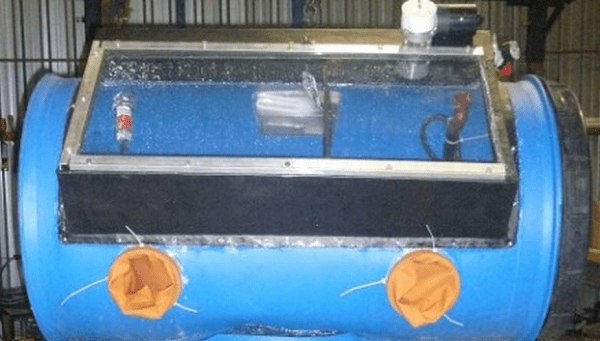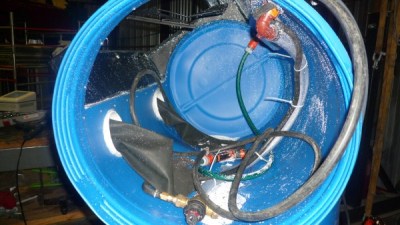At this point, the banana piano is a pretty classic hack. The banana becomes a cheap, colorful touch sensor, which looks sort of like a piano key. The Arduino sets the pin as a low-level output, then sets the pin as an input with a pull up resistor. The time it takes for the pin to flip from a 0 to a 1 determines if the sensor is touched.
[Stian] took a new approach to the banana piano by hooking it up to Clojure and Overtone. Clojure is a dialect of Lisp which runs in the Java Virtual Machine. Overtone is a Clojure library that provides tons of utilities for music making.
Overtone acts as a client to the Supercollider synthesis server. Supercollider has been around since 1996, and provides a wide array of sound synthesis functions. Overtone simply tells Supercollider what to do, letting you easily program sounds in Clojure.
The banana piano acts as an input to a Clojure program. This program maps the banana to a musical note, then triggers a note on Overtone’s built-in piano sampler. The result is a nice piano sound played with fruit. Of course, since Overtone and Supercollider are very flexible, this could be used for something much more complex.
After the break, a video of the banana piano playing some “Swedish Jazz.”












 As you can clearly see from the image, the main blasting chamber is made from a 55 gallon plastic drum. It even has a removable lid on one side to make loading in parts easy. A large hole was cut into the drum in order to install a window. Look close – there is even a wind shield wiper from a car installed on the inside of the window to aid in seeing the part being cleaned!
As you can clearly see from the image, the main blasting chamber is made from a 55 gallon plastic drum. It even has a removable lid on one side to make loading in parts easy. A large hole was cut into the drum in order to install a window. Look close – there is even a wind shield wiper from a car installed on the inside of the window to aid in seeing the part being cleaned!









